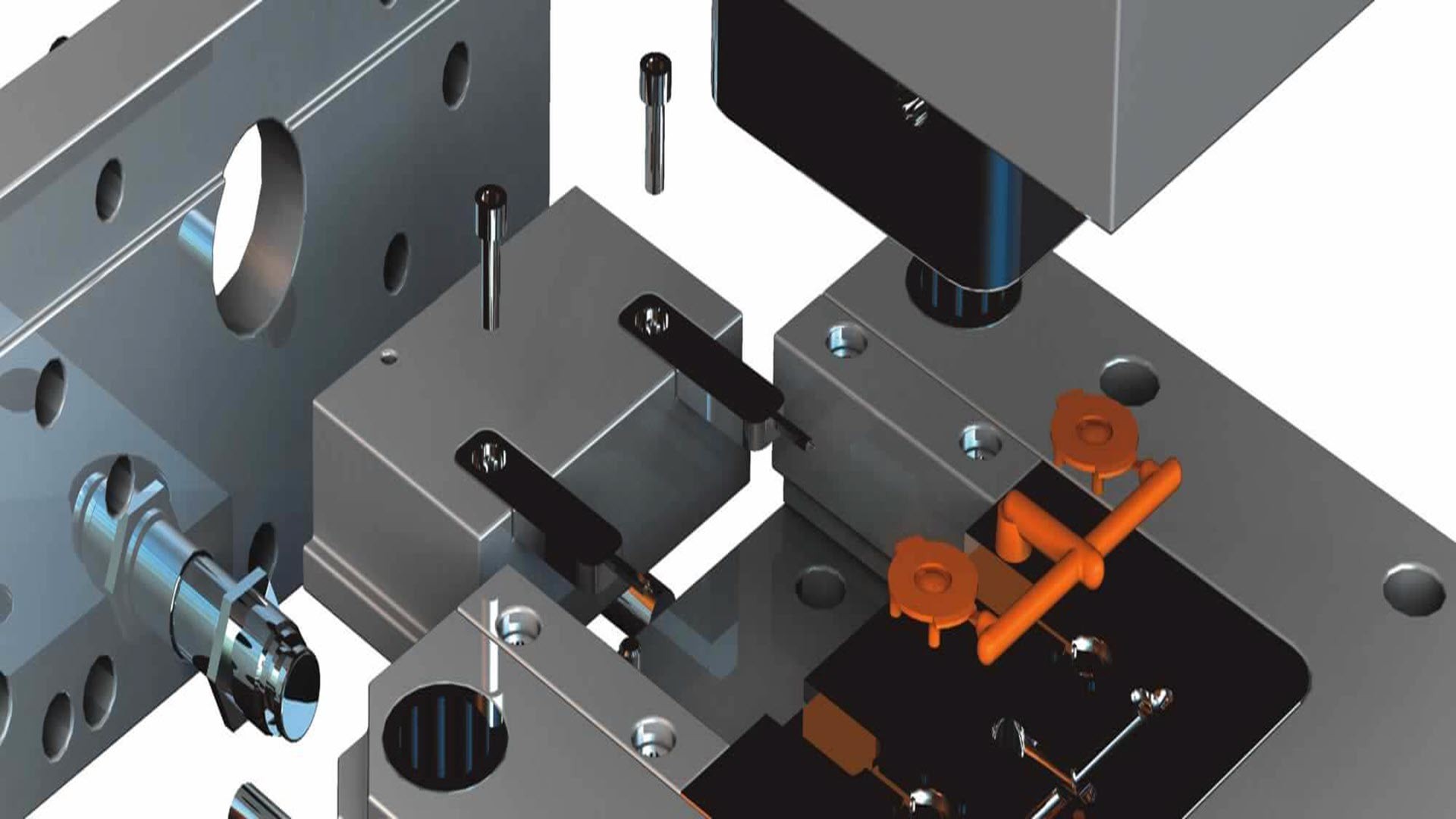-
 Call Now ! +971 50 393 0741
Call Now ! +971 50 393 0741 -
 Contact Email info@cadcamteacher.com
Contact Email info@cadcamteacher.com

DESCRIPTION
The SOLIDWORKS Mold Design course teaches you how to quickly generate tooling for any given part and separate it into core and cavity components (or punch and die for Tool and Die applications).
This knowledge is very valuable for most mechanical designers, especially designers of molds, embossing dies, nests, and welding/checking fixtures.
You will also learn to use analysis tools for developing optimal parting lines, troubleshooting draft and undercut issues, plus importing and repairing third party geometry.
REQUIREMENTS
FEATURES TARGETED
SKILLS YOU WILL ACQUIRE
LEARNING OUTCOMES